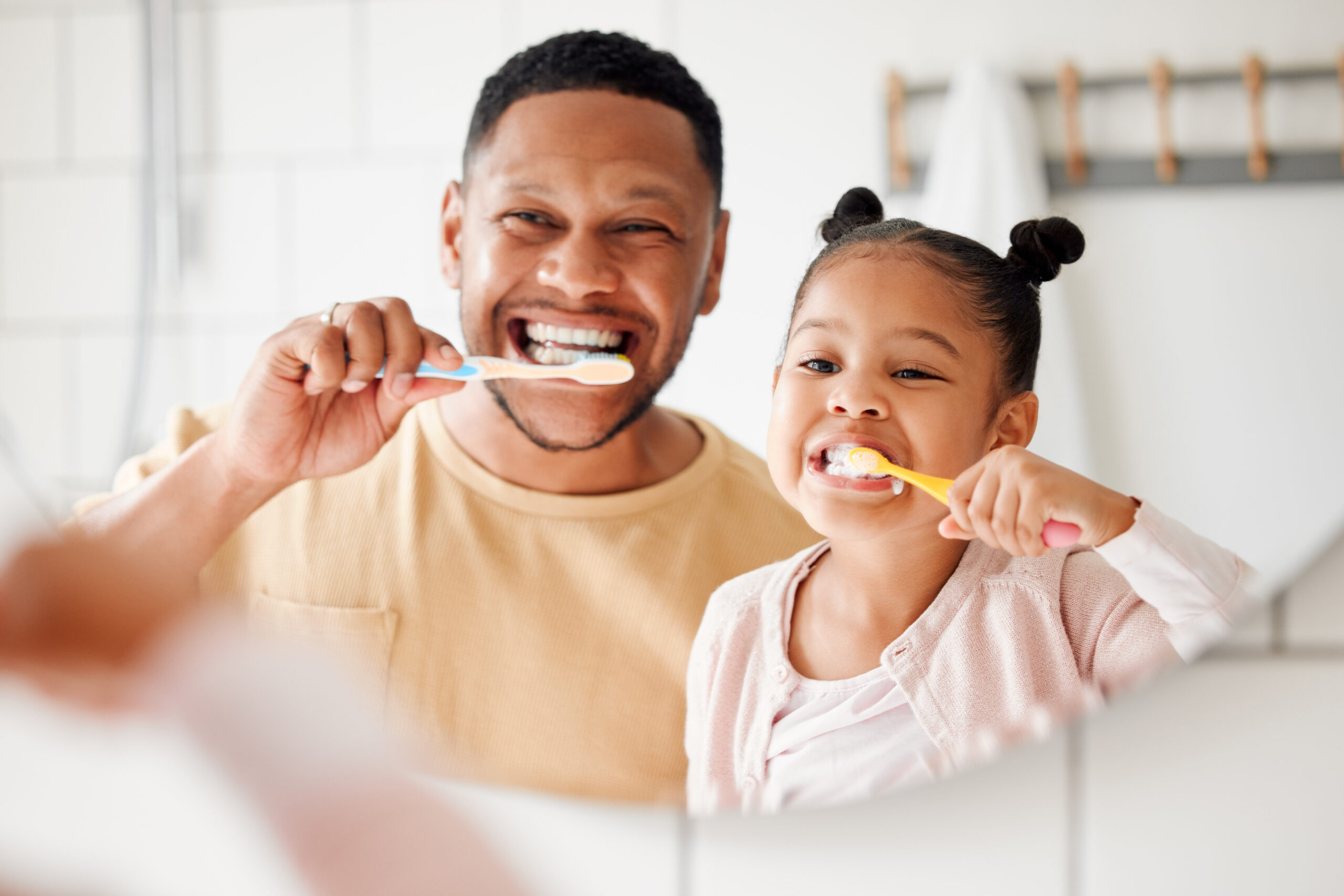Introduction
Think you know how to brush your teeth properly? Think again!
Millions of people brush their teeth incorrectly every single day, unknowingly putting themselves at risk for cavities, gum disease, and even heart problems. That’s right—bad oral hygiene isn’t just about bad breath; it could be harming your entire body.
🚨 Dentists are now warning that the way most people brush their teeth could be making things WORSE instead of better!
Could you be one of them? Keep reading to find out the common mistakes you’re making—and how to fix them before it’s too late.
The #1 Mistake You’re Making When Brushing Your Teeth
Most people assume that brushing harder = cleaner teeth. But brushing too aggressively is one of the worst things you can do for your oral health.
Why Brushing Too Hard is Dangerous
🔴 The Problem: Brushing too hard can wear down your enamel, which is the protective layer on your teeth. Once enamel is gone, it doesn’t grow back.
🔴 The Consequences: Loss of enamel can lead to:
✅ Increased tooth sensitivity
✅ Higher risk of cavities
✅ Gum recession (which can make your teeth look longer)
👉 According to the American Dental Association (ADA), brushing too aggressively can also cause gum disease, leading to inflammation and even tooth loss (ADA Official Website).
How to Fix It
✔️ Use a soft-bristled toothbrush (not medium or hard).
✔️ Brush with gentle circular motions, not side-to-side scrubbing.
✔️ Hold the toothbrush like a pencil to avoid using too much force.
You’re Brushing at the Wrong Time (And It’s Damaging Your Teeth!)
Timing matters when it comes to brushing your teeth. Brushing right after eating acidic foods can do more harm than good.
Why Brushing After Eating Can Hurt Your Teeth
🔴 Why? Foods like citrus, soda, and coffee temporarily soften enamel. Brushing too soon can scrub away this softened enamel, permanently damaging your teeth.
👉 The Mayo Clinic confirms that waiting at least 30 minutes after eating acidic foods can help protect your enamel (Mayo Clinic).
How to Fix It
✔️ Wait 30-60 minutes after eating before brushing.
✔️ Drink water or chew sugar-free gum after meals to neutralize acids.
✔️ If you must brush immediately, rinse your mouth with water first to help balance acidity.
Your Toothpaste Might Be Doing More Harm Than Good
Did you know that some toothpastes marketed as “whitening” can actually be harmful?
How Whitening Toothpastes Can Damage Your Teeth
Many whitening toothpastes contain harsh abrasives that wear down enamel over time. Instead of making your teeth healthier, they’re slowly damaging them.
🚨 Even worse? Some toothpastes contain harmful ingredients like SLS (sodium lauryl sulfate), which can cause mouth irritation and ulcers (Cleveland Clinic).
How to Fix It
✔️ Choose fluoride toothpaste to strengthen enamel.
✔️ Avoid harsh abrasives (look for low RDA values on toothpaste packaging).
✔️ If you want whiter teeth, use whitening strips or professional treatments instead of harsh toothpaste.
Skipping Flossing? You’re Putting Your Heart at Risk!
Most people think flossing is just for removing food from between your teeth, but research shows that poor oral hygiene is linked to heart disease.
How Gum Disease is Linked to Heart Problems
💀 Studies reveal that people with gum disease are at a 20% higher risk of heart attack and stroke.
💀 Bacteria from your mouth can enter your bloodstream, leading to inflammation in your arteries.
👉 Harvard Medical School warns that skipping flossing could increase your risk of cardiovascular disease (Harvard Health).
How to Fix It
✔️ Floss at least once a day (preferably before bed).
✔️ If you hate traditional floss, use a water flosser or floss picks.
✔️ Rinse with antibacterial mouthwash to kill extra bacteria.
Are You Using Mouthwash the Wrong Way?
Mouthwash is not a substitute for brushing or flossing, but when used incorrectly, it can actually make things worse.
The Hidden Dangers of Alcohol-Based Mouthwash
🔴 Alcohol-based mouthwashes can dry out your mouth, reducing saliva production.
🔴 Saliva is your body’s natural defense against bacteria—without enough of it, you’re at a higher risk for cavities.
How to Fix It
✔️ Choose alcohol-free mouthwash to avoid dry mouth.
✔️ Use mouthwash AFTER brushing and flossing, not before.
✔️ Swish for at least 30 seconds before spitting it out.
The Shocking Truth About Electric Toothbrushes
Are electric toothbrushes really better than manual ones? The answer: YES—if you use them correctly.
Why Electric Toothbrushes Are More Effective
🔹 Electric toothbrushes remove 21% more plaque than manual brushing.
🔹 They reduce gum inflammation by 11% over time.
👉 According to a study by the National Institute of Health (NIH), electric toothbrushes are more effective at preventing cavities and gum disease than manual brushing (NIH Study).
How to Fix It
✔️ If you can, switch to an electric toothbrush.
✔️ Choose one with a pressure sensor to avoid brushing too hard.
✔️ Replace brush heads every 3 months for maximum effectiveness.
Final Verdict: Are You Brushing Your Teeth Wrong?
If you’re making any of these mistakes, don’t worry—it’s never too late to fix them!
🚨 Take action NOW to protect your teeth, gums, and overall health!
✔️ Use a soft-bristled toothbrush & brush gently.
✔️ Wait 30 minutes after eating before brushing.
✔️ Use a fluoride toothpaste (and avoid harsh abrasives).
✔️ Floss daily to reduce your risk of heart disease.
✔️ Choose alcohol-free mouthwash for better oral health.
✔️ Consider switching to an electric toothbrush for better plaque removal.
Brushing your teeth should be simple—but most people are doing it wrong. Follow these expert-backed tips and you’ll not only have a healthier smile, but you could also protect yourself from serious health risks like heart disease and tooth decay.
📌 Remember: Good oral hygiene isn’t just about your teeth—it’s about your overall health! 🚀





